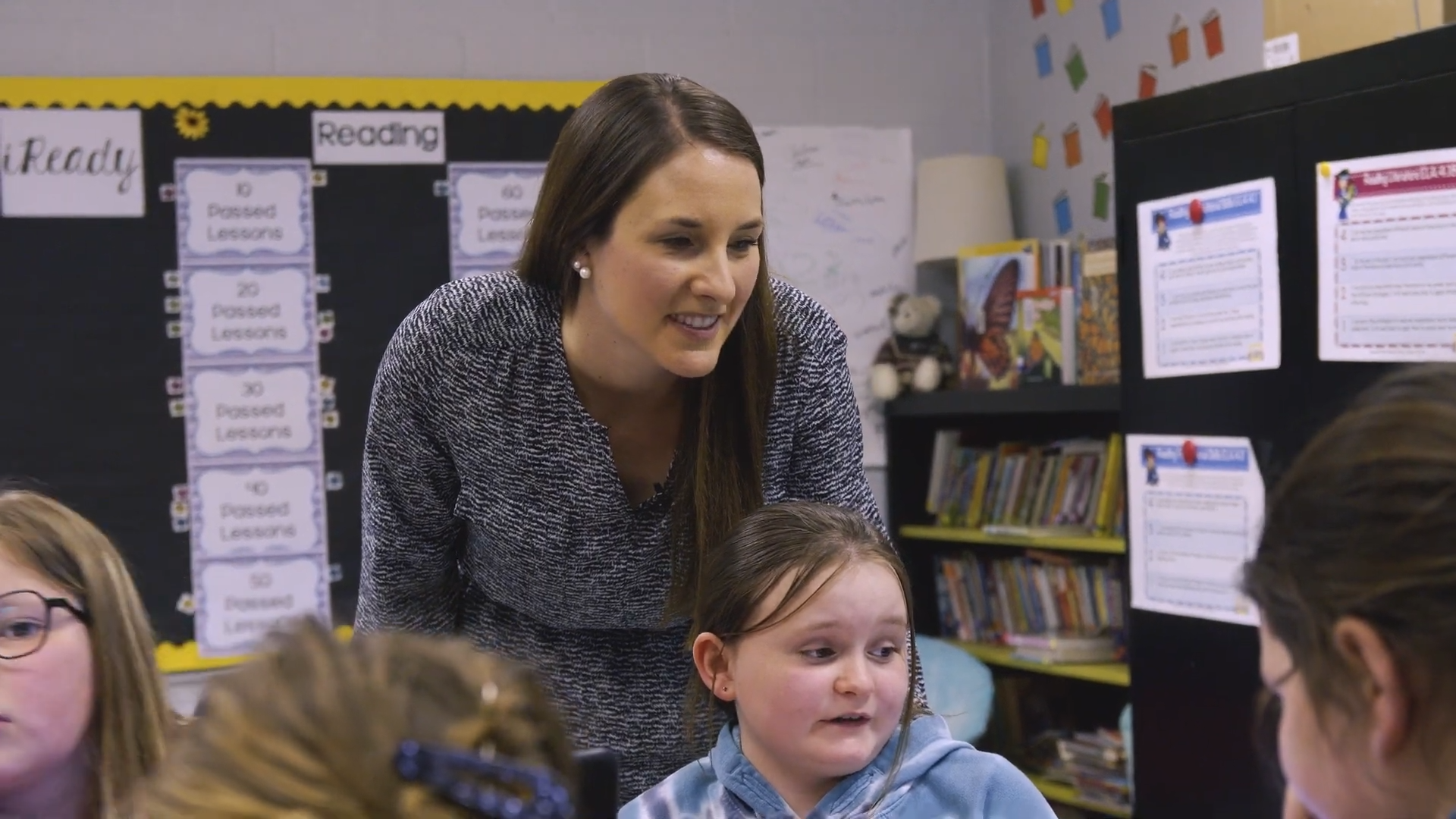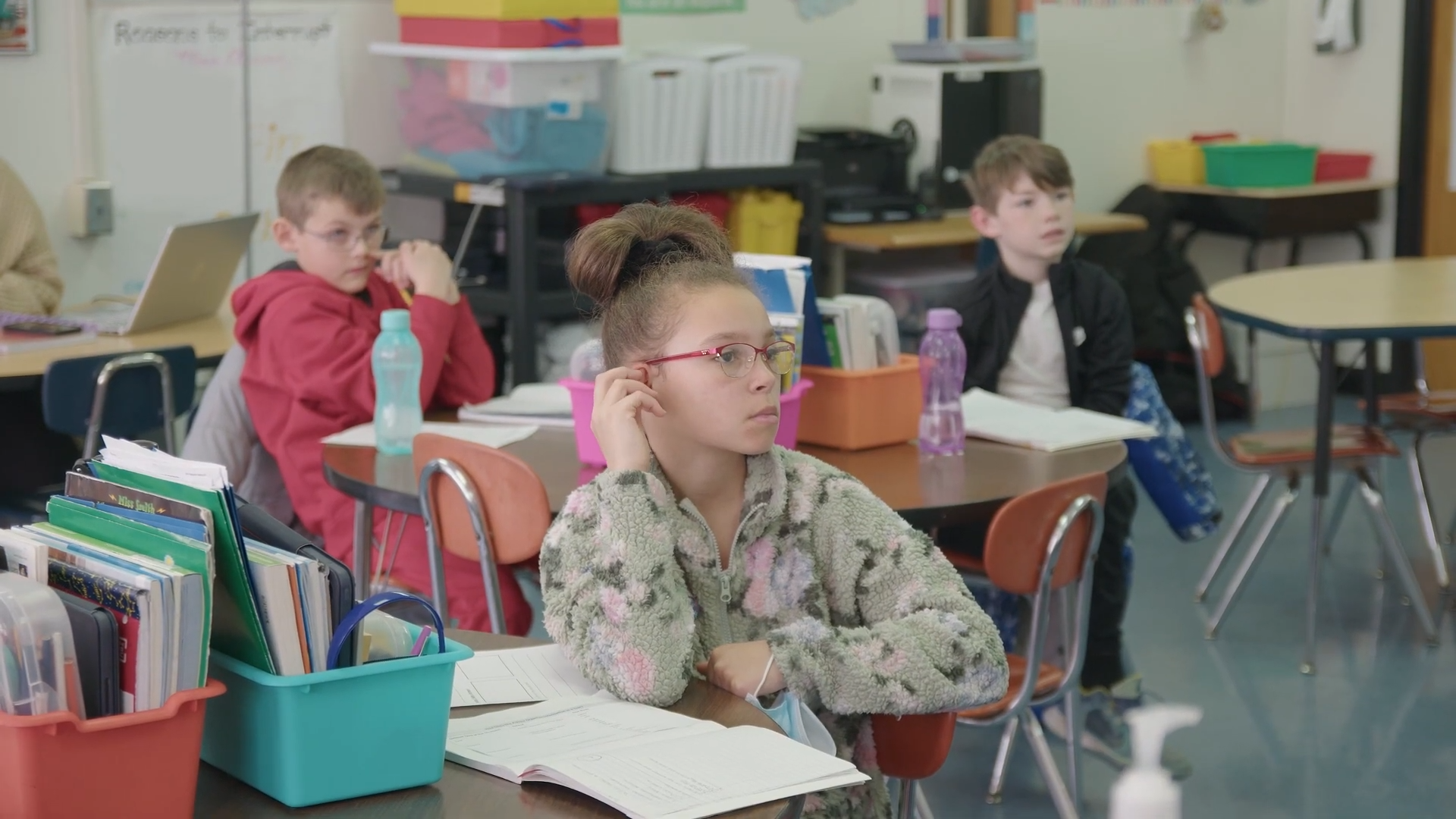

Educators are responsible for creating and cultivating best practices in literacy instruction. What is taught, and more importantly, how it is taught, will leave lasting impacts on students both in and out of the classroom. Access these resources to support literacy instruction.


In this video, Vanessa Hayes, Preston County Schools Writing Coach, Grades K-8, discusses components of writing and demonstrates how they can be taught in the classroom.


Lauren Arvon, a third-grade teacher at Spring Hill Elementary, discusses different components of comprehension and demonstrates how they can be taught in the classroom.
Skip to Resources Filter ResourcesGrade Level: K to 2
Topics: Phonemic Awareness
This Phonemic Awareness guide will help further your knowledge of the who, when, what, and how of Phonemic Awareness instruction by providing research, instructional practices, and additional resources.

Grade Level: K to 5
Vanessa Hayes, Preston County Schools Writing Coach, Grades K-8, discusses components of writing and demonstrates how they can be taught in the classroom.
External LinkGrade Level: Pre-K to 12
Topics: Comprehension Fluency Phonemic Awareness Phonics Science of Reading Vocabulary Writing
Provides a sampling of strategies to help students enhance their learning experiences.
File DownloadGrade Level: 6 to 12
Topics: Vocabulary Writing
Comprehensive collection of “by the end of __ grade, students can___”
External LinkGrade Level: Pre-K to 12
Topics: Comprehension Science of Reading
Discover how the science of reading affects dyslexia
External LinkGrade Level: 6 to 12
Interview with Dr. Curtis, who describes what good vocabulary instruction would look like in a classroom. Addresses the need for explicit instruction and multiple practice opportunities.

Grade Level: K to 5
Lauren Arvon, a third-grade teacher at Spring Hill Elementary, discusses different components of comprehension and demonstrates how they can be taught in the classroom.

Grade Level: K to 5
Crystal Wheeler, a fifth-grade teacher at Village of Barboursville Elementary, discusses different components of vocabulary and demonstrates how they can be taught in the classroom.

Grade Level: Pre-K to 2
Learn how to teach phonics in the classroom from Kimberly Hunt as she provides a demonstration of phonics through phoneme segmentation.

Grade Level: K to 5
Jessica Espinosa, a third-grade teacher at Martin Elementary School, discusses different components of fluency accompanied by examples of fluency instruction.

Grade Level: K to 2
Learn how to teach phonics lessons in the classroom from Paige Roush as she provides a demonstration of phonics through sound correspondence.

Grade Level: Pre-K to 2
Topics: Phonemic Awareness
Amber Nichols discusses a few components of Phonological and Phonemic Awareness and demonstrates how to implement them in the classroom.

Grade Level: Pre-K to 12
Ready, Read, Write, West Virginia is an initiative created by the West Virginia Department of Education to increase literacy proficiency for all students. It is rooted in research and based on the belief that students can learn to read proficiently with effective reading instruction.